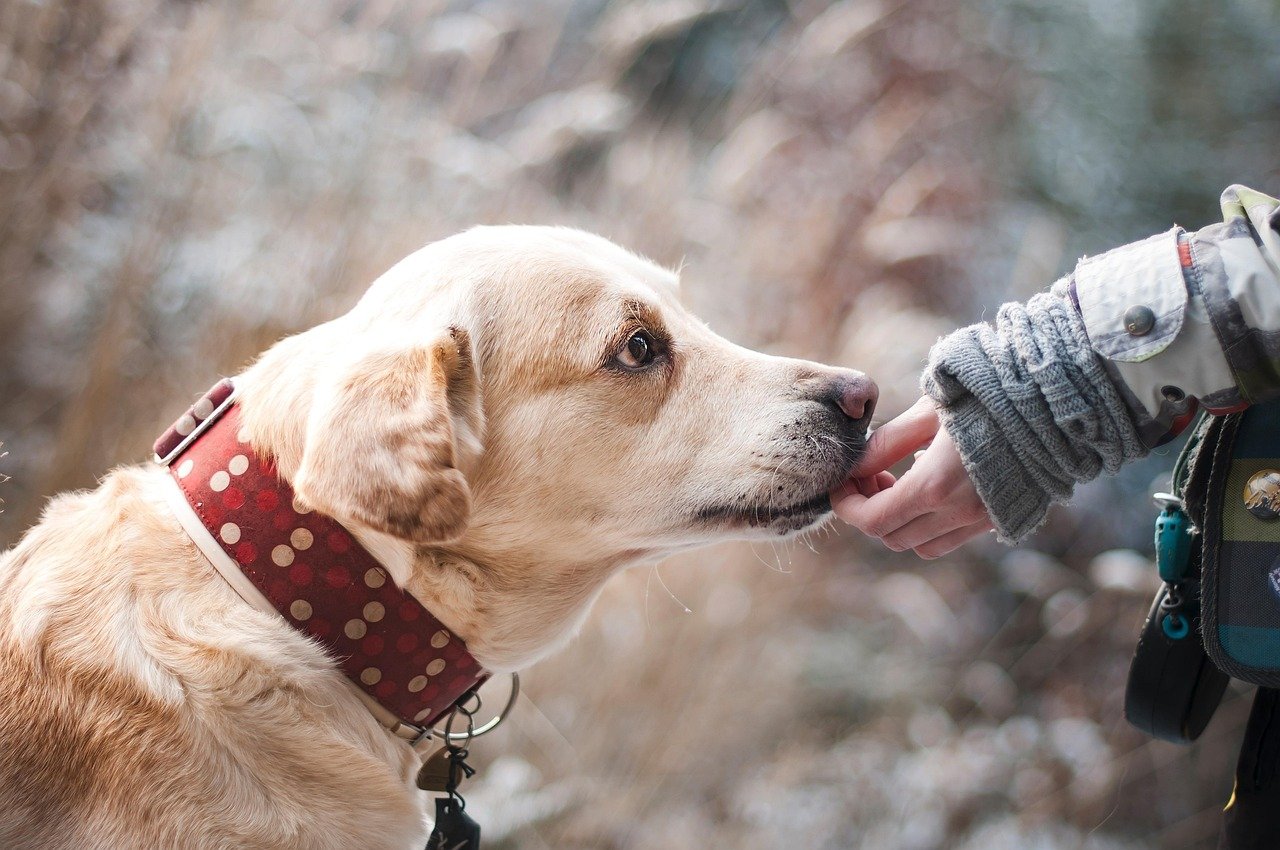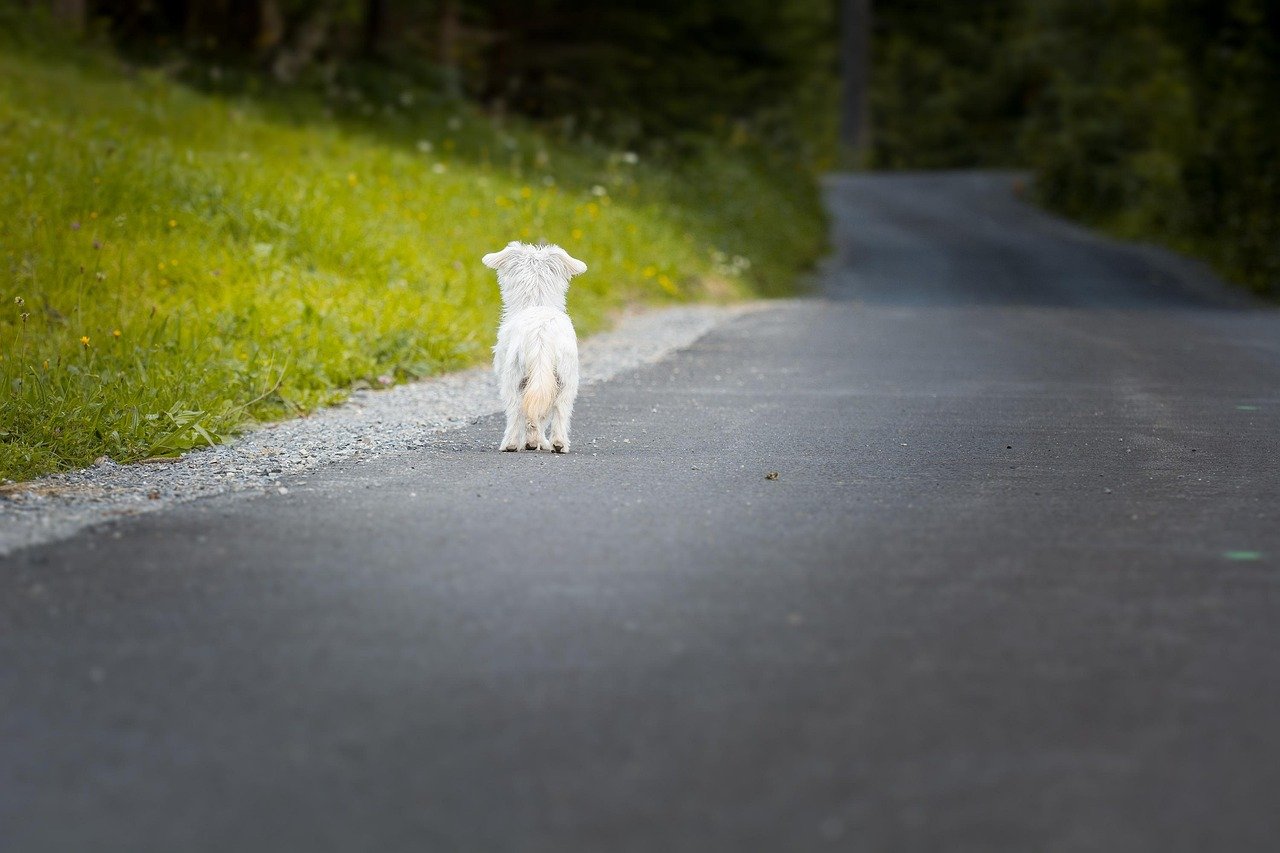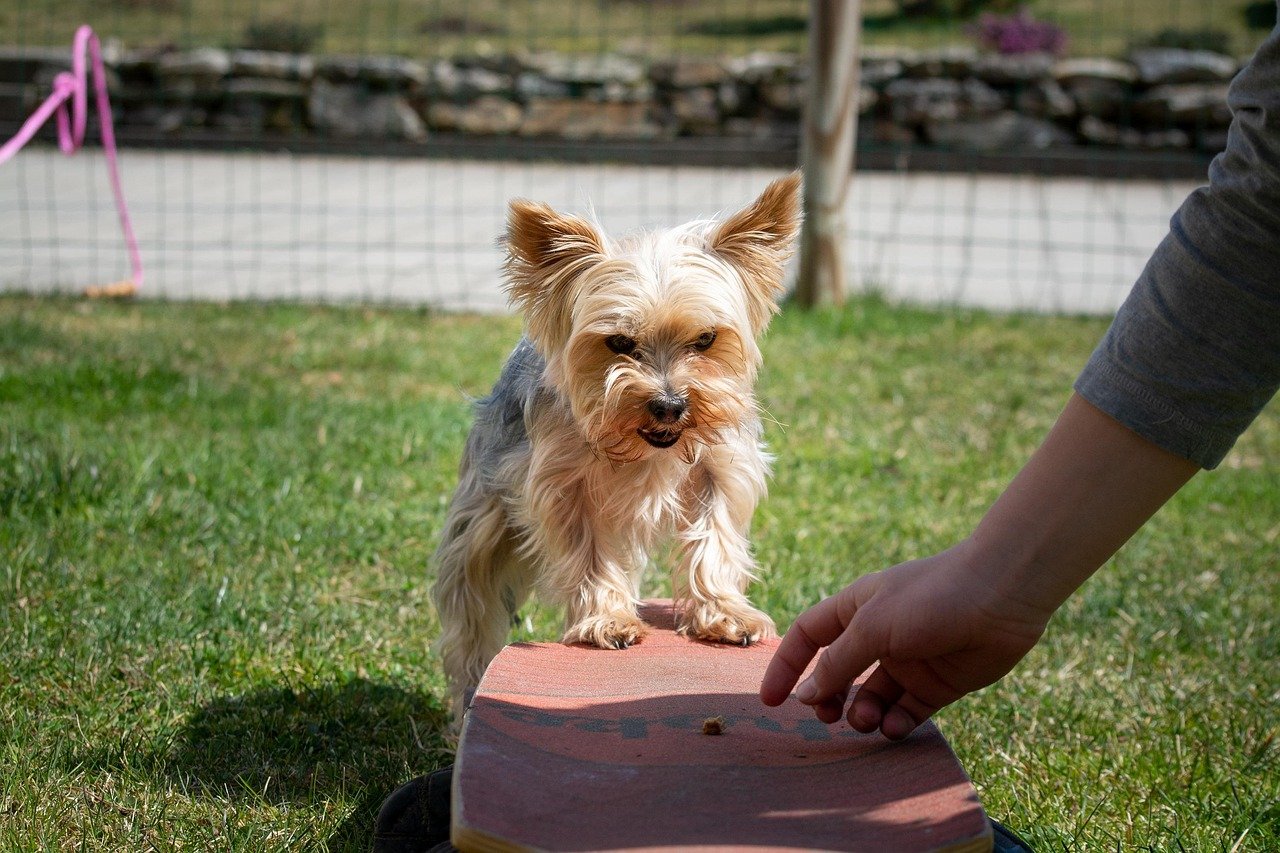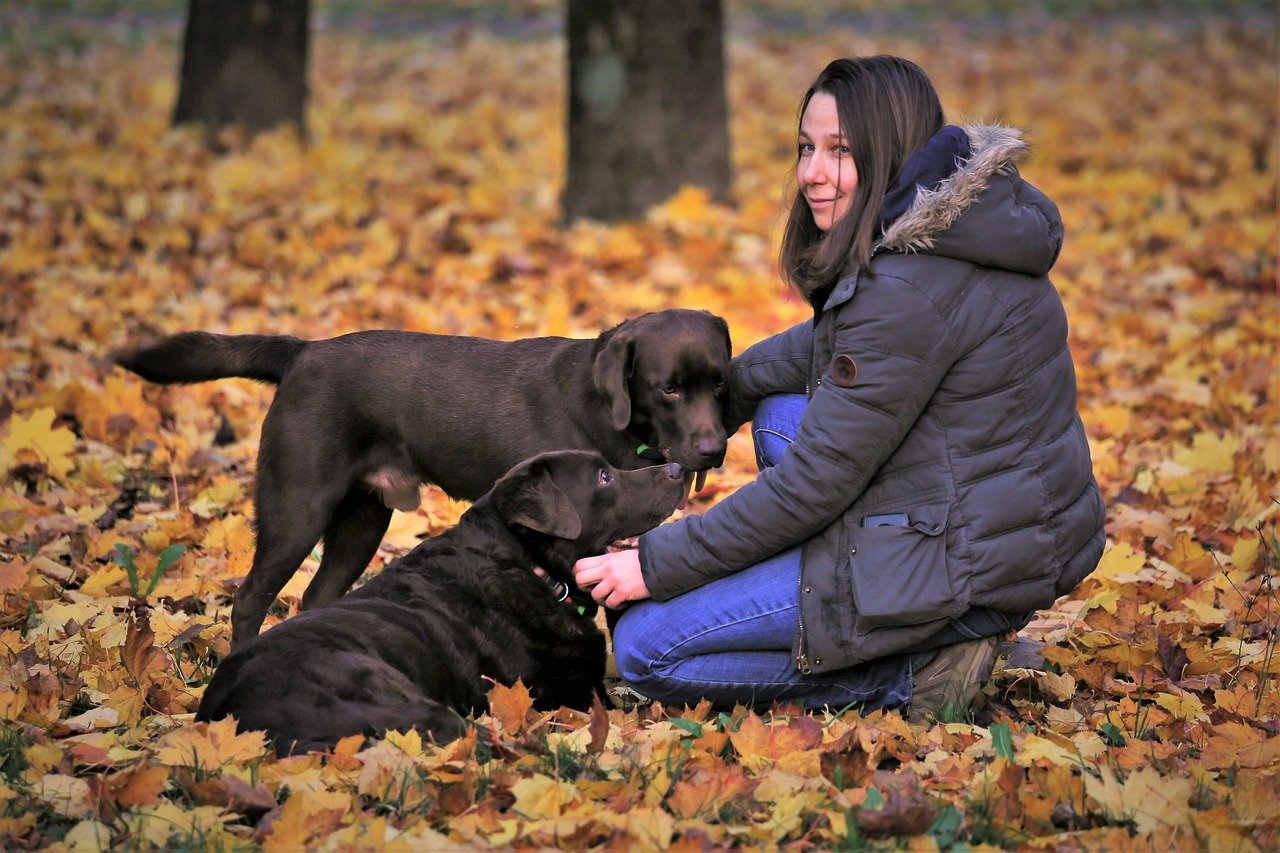Building trust with a shy dog can be a rewarding yet challenging experience. These timid creatures often require patience, understanding, and a gentle approach to coax them out of their shells. Like humans, dogs have personalities shaped by their experiences, and a shy dog may have had encounters that make them wary of new people. This article will explore eight effective ways to help these gentle souls feel more comfortable and secure in your presence. By embracing these methods, you can foster a relationship filled with love, trust, and companionship.
1. Approach Slowly and Calmly

When dealing with a shy dog, your approach matters immensely. Imagine being in a loud and bustling environment; it can be overwhelming. Similarly, a shy dog may find sudden or fast movements intimidating. Approach the dog with a calm demeanor, moving slowly and deliberately. This gives the dog time to assess the situation and feel less threatened. Speaking softly and avoiding direct eye contact at first can also help, as staring might be perceived as a challenge.
Additionally, consider lowering yourself to the dog’s level. By crouching down, you present a less imposing figure, which can make the dog feel more at ease. Allow the dog to sniff you and get used to your presence. This gentle approach establishes a foundation of trust, showing the dog that you mean no harm.
2. Use Positive Reinforcement

Positive reinforcement is a powerful tool in gaining a shy dog’s trust. Think of it as offering a reward for good behavior; it creates a positive association with your presence. When the dog exhibits signs of interest or bravery, reward them with treats, praise, or gentle petting. Over time, they’ll associate you with positive experiences, making them more likely to approach and interact.
Consistency is key when utilizing positive reinforcement. Be patient and reward even the smallest signs of progress. Every wag of the tail or curious glance is a step forward. By reinforcing these behaviors, you encourage the dog to continue exploring and interacting, gradually building their confidence and trust in you.
3. Respect Their Space

Respecting a shy dog’s personal space is crucial in building trust. Just like humans appreciate having their personal boundaries respected, dogs do too. Avoid forcing interactions or invading their space, especially if they show signs of discomfort. Give them time to come to you on their terms, allowing them to control the pace of the relationship.
Providing a safe space where they can retreat is also beneficial. This could be a cozy corner with their bed or a quiet room where they can relax without disturbances. By respecting their space, you show the dog that you understand their needs, fostering a sense of security and trust.
4. Create a Routine
Dogs thrive on routine, and a consistent schedule can be particularly comforting for a shy dog. Establishing a daily routine for feeding, walking, and playtime provides a sense of predictability. This structure can help reduce anxiety and build trust as the dog learns to anticipate and rely on you for their needs.
Incorporating activities that the dog enjoys can also enhance the routine. Whether it’s a leisurely walk in the park or a fun game of fetch, these moments of joy create positive associations with your presence. Over time, the routine becomes a source of comfort, reinforcing the bond between you and the shy dog.
5. Use Body Language Wisely

Understanding and using body language effectively can bridge the communication gap with a shy dog. Dogs are highly perceptive to body language, often more so than verbal cues. When interacting with a shy dog, maintain a relaxed posture and avoid sudden movements. A tense or rigid stance may be perceived as threatening.
Using open gestures, such as extending a hand slowly for the dog to sniff, can signal friendliness. Pay attention to the dog’s body language too. Signs such as a wagging tail or relaxed ears indicate comfort, while a tucked tail or flattened ears suggest fear. By responding appropriately to these cues, you can communicate your intentions clearly, helping the dog feel understood and secure.
6. Engage in Play
Play is a powerful bonding tool that can help break down barriers with a shy dog. Through play, dogs learn to trust and enjoy positive interactions. Start with gentle, non-threatening games that the dog seems interested in. Toys like balls or plushies can be introduced slowly, allowing the dog to engage at their own pace.
Watch for signs of excitement or interest during play, and encourage these behaviors with praise or treats. Playtime should be a fun and stress-free experience, free from any pressure or expectations. Over time, these playful interactions can help the dog associate you with joy and companionship, gradually building their trust and confidence.
7. Be Patient and Consistent

Patience and consistency are vital when working with a shy dog. Building trust is a gradual process that requires time and understanding. Avoid rushing or forcing interactions, as this can backfire and push the dog further away. Instead, celebrate small victories and progress, no matter how minor they may seem.
Consistency in your actions and responses helps the dog learn what to expect from you. By being reliable and predictable, you create a stable environment where the dog can feel safe. Remember, every dog is unique, and the journey to trust will vary. Embrace the process with patience, knowing that your efforts will eventually pay off.
8. Seek Professional Help if Needed

Sometimes, despite your best efforts, a shy dog may need additional support to overcome their fears. If progress seems stalled or the dog exhibits extreme fear or anxiety, consider seeking professional help. A certified dog trainer or behaviorist can provide valuable insights and tailored strategies to address the dog’s specific needs.
Professional guidance can offer new perspectives and techniques that you might not have considered. They can work with you and the dog to develop a customized plan to build trust and confidence. Remember, seeking help is not a sign of failure; it’s a proactive step towards ensuring the well-being and happiness of your furry friend.
By embracing these methods, you’re not just building trust; you’re laying the foundation for a lifelong friendship filled with love and understanding. Every step you take brings you closer to unlocking the joyful, affectionate nature hidden within a shy dog.

Linnea is a born and bred Swede but spends as much time as possible in Cape Town, South Africa. This is mainly due to Cape Town’s extraordinary scenery, wildlife, and atmosphere (in other words, because Cape Town is heaven on earth.) That being said, Sweden’s majestic forests forever hold a special place in her heart. Linnea spends as much time as she can close to the ocean collecting sea shells or in the park admiring puppies.





